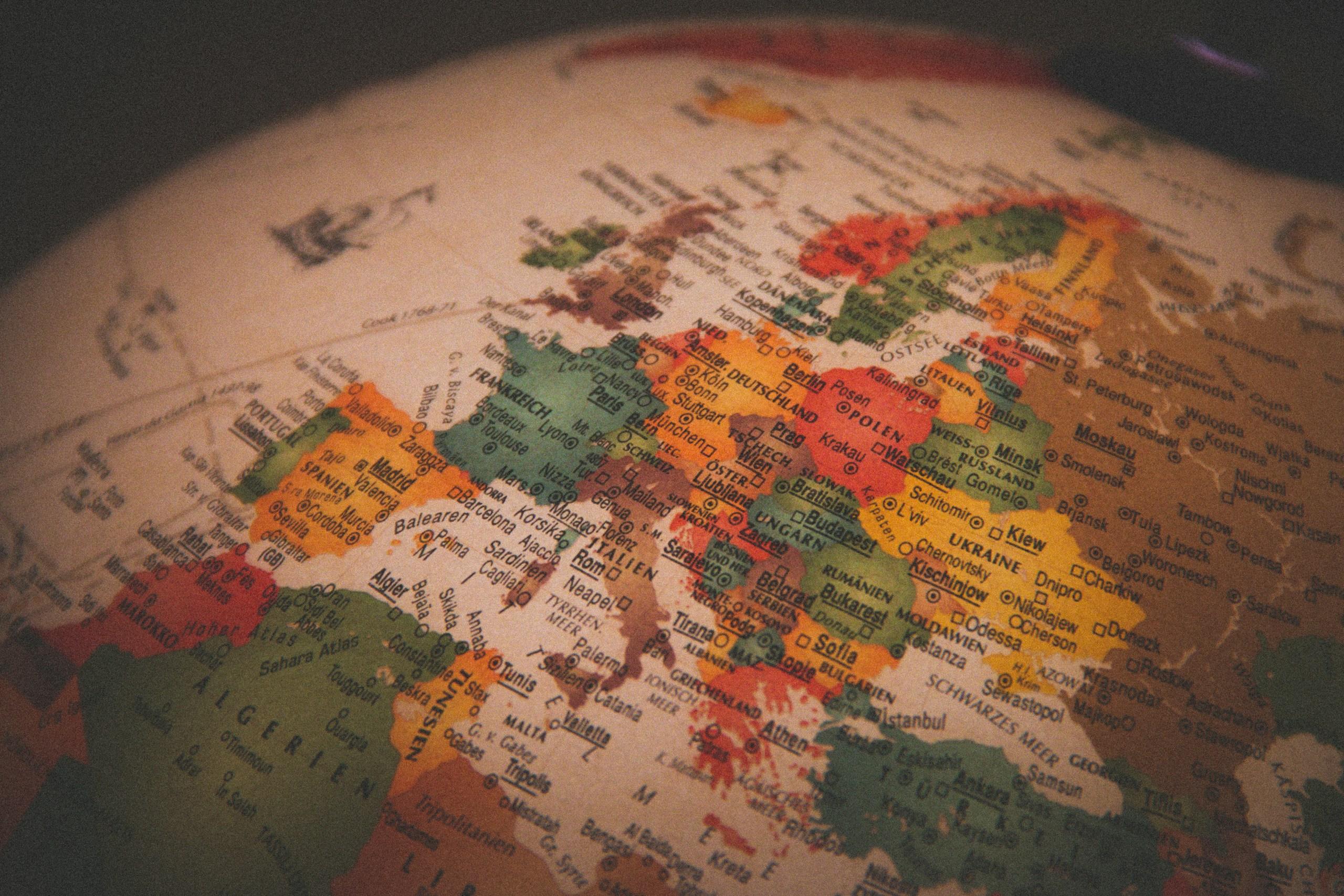30 Days in Europe: Solo Travel on a Budget

How to Solo Travel on a Budget in Europe
Planning an extended vacation as an American can be challenging, especially when the average paid time off (PTO) is just two weeks. However, when I had the chance to travel for 30 days, I decided to take the leap. This trip took me through seven countries and 18 cities, offering a mix of cultural experiences and personal growth. Despite being unemployed at the time, I wanted to ensure I stayed within my budget while enjoying the journey.
Setting a Daily Budget
The first step in planning any trip is figuring out your budget. It’s essential to understand your travel style—whether you prefer backpacking or luxury stays, eating out daily or sticking to free attractions. Once you have a clear idea of your preferences, break them into categories and determine how much you’re willing to spend each day.
For example, a mid-range daily budget could look like this:
- Hotel: €60/night
- Food: €30/day
- Transport: €15/day
- Attractions: €20/day
- Extras: €15/day
This totals around €140 per day, which would amount to €4,200 for 30 days. Keep in mind that these numbers can vary based on the region and currency exchange rates. Set a maximum budget line and try to stick to it, but allow some flexibility depending on your itinerary.
City Tourism Cards
City cards or passes are a great way to save money and skip long lines in busy cities. These cards often include discounts on major attractions, restaurants, public transportation, and guided tours. The savings can range from €100 to €350, which helps stretch your budget over 30 days. Some smaller European cities may not offer these options, so it's always worth researching before your trip.
As a travel blogger, I reached out directly to city tourism boards for city cards, which helped me write about my experiences. Determine how long you plan to stay in a city, as these passes typically last from 1 to 10 days. Some cities even provided them for free if you were planning to write about them.
Free Walking Tours
I discovered Freetours in Brussels and Cologne, and they turned out to be a fantastic experience. While some might think free walking tours are scams, they are actually well-vetted and provide valuable insights. Guides rely on tips, which motivates them to do their best work. I found the quality of these tours to be comparable to paid ones, making them an excellent option for budget travelers.
Free Attractions
If you forget to get a city card or miss a free tour, don’t worry—there are plenty of free attractions to enjoy. Many famous landmarks and historic sites are open to the public outside, with admission fees only required for entry. Museums often offer free days, such as the first Sunday of the month or national holidays. Parks, gardens, and religious sites are also free to visit, providing great places to relax and explore.
Bus and Train Travel
For transportation across Europe, buses and trains are cost-effective options. Buses are cheaper for long-distance travel, with tickets starting at €15-20. However, they are slower and less comfortable, especially during peak hours. Trains, on the other hand, offer better comfort and speed. I used the Eurail Global Pass for one month, which allowed multi-country travel. If you're a European citizen, consider the Interrail Global Pass instead.
With apps and passes, you can easily plan your train routes, check departure times, and reserve seats. While some train rides require seat reservations, I found that taking an open seat was still more affordable than paying extra for a reserved spot.
Budget Accommodations
Staying in budget accommodations is one of the most effective ways to save money in Europe. Hostels are ideal for solo travelers looking for social interactions, with prices ranging from €15-€70 per night. Budget hotels offer more privacy and comfort, typically costing €50-€100 per night. Renting an apartment via Airbnb can also be a cost-effective choice, especially if it includes a kitchen and laundry facilities.
Eating on a Budget
Enjoying local flavors without breaking the bank is possible with smart planning. Street food and food halls are affordable and perfect for quick meals. Supermarkets and convenience stores offer ready-made meals and snacks, helping you avoid restaurant costs. When dining out, choose lunchtime options where locals gather, and avoid restaurants near major attractions to save money.
Other Tips
Smart spending is key. Book in advance for better deals and use ATMs at major banks to avoid fees. Consider using budget tracking apps to manage expenses and keep track of your spending habits.
Conclusion
By following these strategies, I was able to stay under my travel budget for the entire 30 days and even had some leftover cash. The experience taught me that careful planning and flexibility can enhance your travels without sacrificing enjoyment. With the right mindset and choices, you can explore Europe on a budget and create unforgettable memories.
Post a Comment for "30 Days in Europe: Solo Travel on a Budget"
Post a Comment